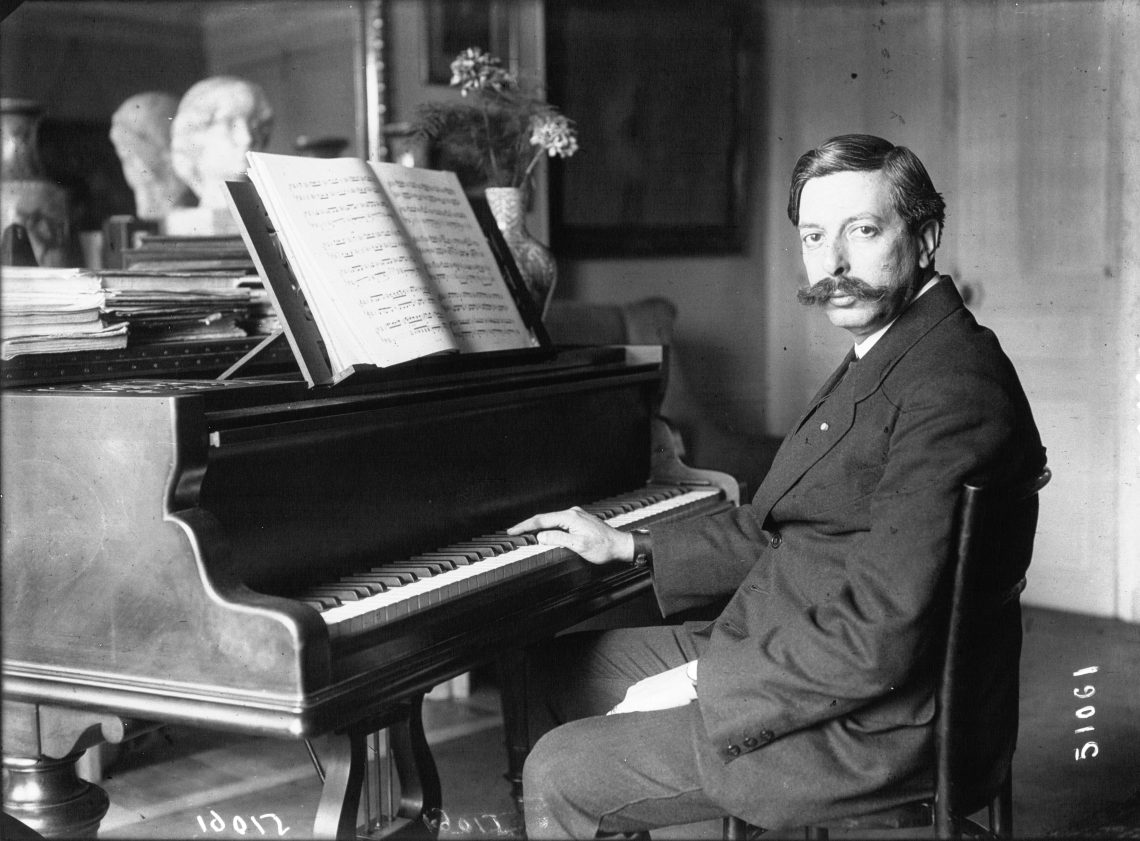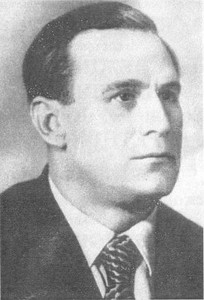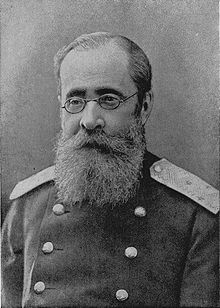
Enrique Granados |
Enrique Granados
The revival of national Spanish music is connected with the work of E. Granados. Participation in the Renacimiento movement, which swept the country at the turn of the XNUMXth-XNUMXth centuries, gave the composer an impetus to create classical music samples of a new direction. The figures of Renacimiento, in particular the musicians I. Albeniz, M. de Falla, X. Turina, sought to bring Spanish culture out of stagnation, revive its originality, and raise national music to the level of advanced European composer schools. Granados, as well as other Spanish composers, was greatly influenced by F. Pedrel, the organizer and ideological leader of Renacimiento, who theoretically substantiated the ways of creating classical Spanish music in the manifesto “For Our Music”.
Granados received his first music lessons from a friend of his father. Soon the family moved to Barcelona, where Granados became a student of the famous teacher X. Pujol (piano). At the same time, he is studying composition with Pedrel. Thanks to the help of a patron, a talented young man goes to Paris. There he improved at the conservatory with C. Berio in piano and J. Massenet in composition (1887). In Berio’s class, Granados met R. Viñes, later a famous Spanish pianist.
After a two-year stay in Paris, Granados returns to his homeland. He is full of creative plans. In 1892, his Spanish Dances for a symphony orchestra are performed. He successfully soloed as a pianist in a concert conducted by I. Albeniz, who conducted his “Spanish Rhapsody” for piano and orchestra. With P. Casals, Granados gives concerts in the cities of Spain. “Granados the pianist combined in his performance a soft and melodious sound with brilliant technique: in addition, he was a subtle and skillful colorist,” wrote the Spanish composer, pianist and musicologist H. Nin.
Granados successfully combines creative and performing activities with social and pedagogical ones. In 1900 he organized the Society of Classical Concerts in Barcelona, and in 1901 the Academy of Music, which he headed until his death. Granados seeks to develop creative independence in his students – young pianists. He devotes his lectures to this. Developing new methods of piano technique, he writes a special manual “Pedalization Method”.
The most valuable part of the creative heritage of Granados is piano compositions. Already in the first cycle of plays “Spanish Dances” (1892-1900), he organically combines national elements with modern writing techniques. The composer highly appreciated the work of the great Spanish artist F. Goya. Impressed by his paintings and drawings from the life of “Macho” and “Mach”, the composer created two cycles of plays called “Goyesques”.
Based on this cycle, Granados writes an opera of the same name. It became the composer’s last major work. The First World War delayed its premiere in Paris, and the composer decided to stage it in New York. The premiere took place in January 1916. And on March 24, a German submarine sank a passenger steamer in the English Channel, on which Granados was returning home.
The tragic death did not allow the composer to complete many of his plans. The best pages of his creative heritage captivate listeners with their charm and warmth. K. Debussy wrote: “I will not be mistaken if I say that, listening to Granados, it is as if you see a familiar and beloved face for a long time.”
V. Ilyeva





